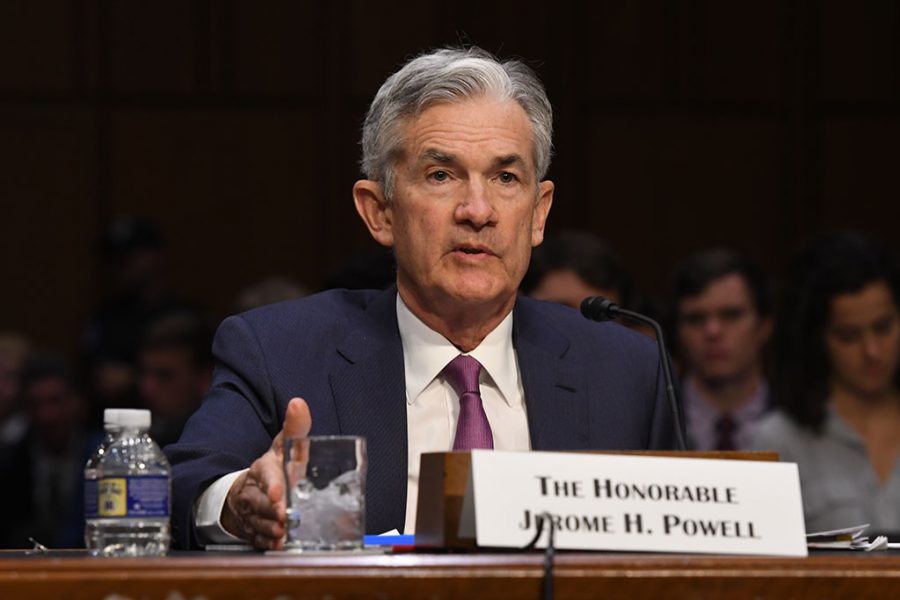Fed announces tapering purchases as economy starts recovering
November 12, 2021
Federal Reserve Chairman Jerome Powell spoke on Nov. 3 at the Federal Open Market Committee and announced the Fed would slow the pace at which it is purchasing governmentbacked bonds, effective later this month.
This is the Fed’s first step toward withdrawing the aid program it has placed since the start of the COVID-19 pandemic to support the American economy.
COVID-19 has had catastrophic effects on the economy, which led to businesses shutting down, people losing their jobs and Wall Street being left in a horrible position. To put this into perspective, the S&P 500, the broadest measure of Wall Street, lost more than 30% of its value in March 2020.
The Fed stepped in to save the economy as it is responsible for ensuring stability, and it did so by controlling the money flow. The Fed bought government-backed debts, $120 billion a month, and kept interest rates near zero.
With the Fed guaranteeing the continuation of its easy-money policy, provided that the economy continues to grow, investors were encouraged to come back. This led to the stock market rebounding.
Now, as more people are getting vaccinated and returning to work, the economy is also making its way uphill.
As a result, Powell announced that the Fed would begin to taper its debt purchases.
This process is expected to see reductions of $15 billion a month from the current $120 billion a month being bought by the Fed, according to CNN. The $15 billion includes $10 billion from the Treasury and $5 billion from the mortgage-backed securities.
At this pace, the program will be terminated by July 2022, according to CNBC. The Fed decision to taper debt purchases was the result of its attempt to get high inflation under control.
The Fed hoped this announcement wouldn’t cause a panic like when it announced it would quickly taper down its Treasury bond purchase in 2013, which was purchased as a result of the quantitative easing policy in response to the 2008 recession, according to CNN.
When the Fed made this announcement, investors panicked, and they started selling en masse. As a result, bonds plummeted and mortgage rates rose, making it more expensive for businesses to grow.
In contrast, after the Nov. 3 announcement, the market didn’t panic. This time stocks turned positive, and government bond yields increased, according to CNN.
However, to ensure no future panic, the Fed added that it is ready to reverse or slow tapering if the economic situation changes, according to CNBC.
Critics like Raghuram Rajan, a University of Chicago economist and former governor of the Reserve Bank of India, fear the Fed is tightening too slowly and not accounting for the enormous amount of fiscal spending, according to Bloomberg.
The Fed’s slow tightening could lead to forced stronger tightening later at an unfavorable pace. Instead, it is suggested that the Fedshould taper at a moderate pace.
A worry that remains is the way the Fed will address the 30-year-high inflation, which was created as a result of a clogged supply chain, rising wages and high consumer demand, according to CNBC.
Another worry is an increase in interest rates to account for inflation. The Fed made it clear that tapering doesn’t mean interest rates won’t be increased. The fear is that an increase in interest rates would scare investors.
However, the increase in interest rates won’t be happening immediately.
“We don’t think it’s time yet to raise interest rates,” Powell said. “There is still ground to cover” before the Fed reaches its economic goals, according to CNBC.








